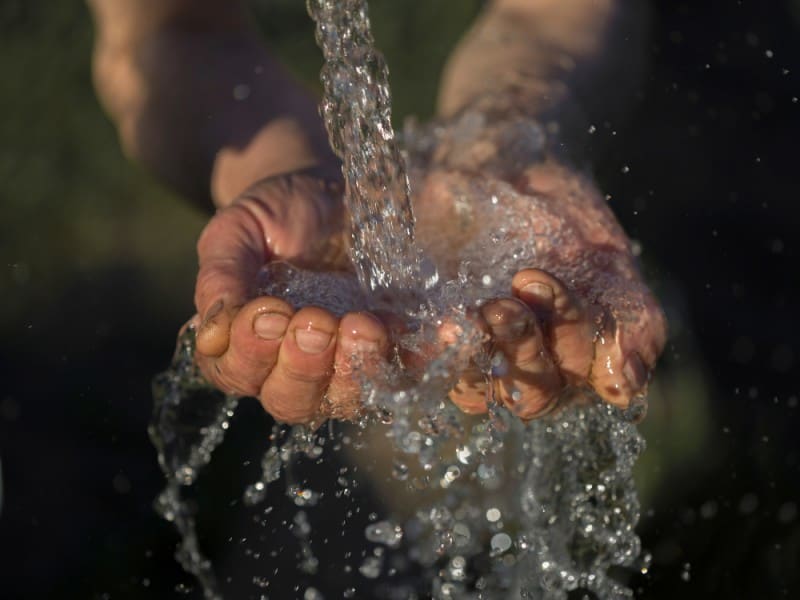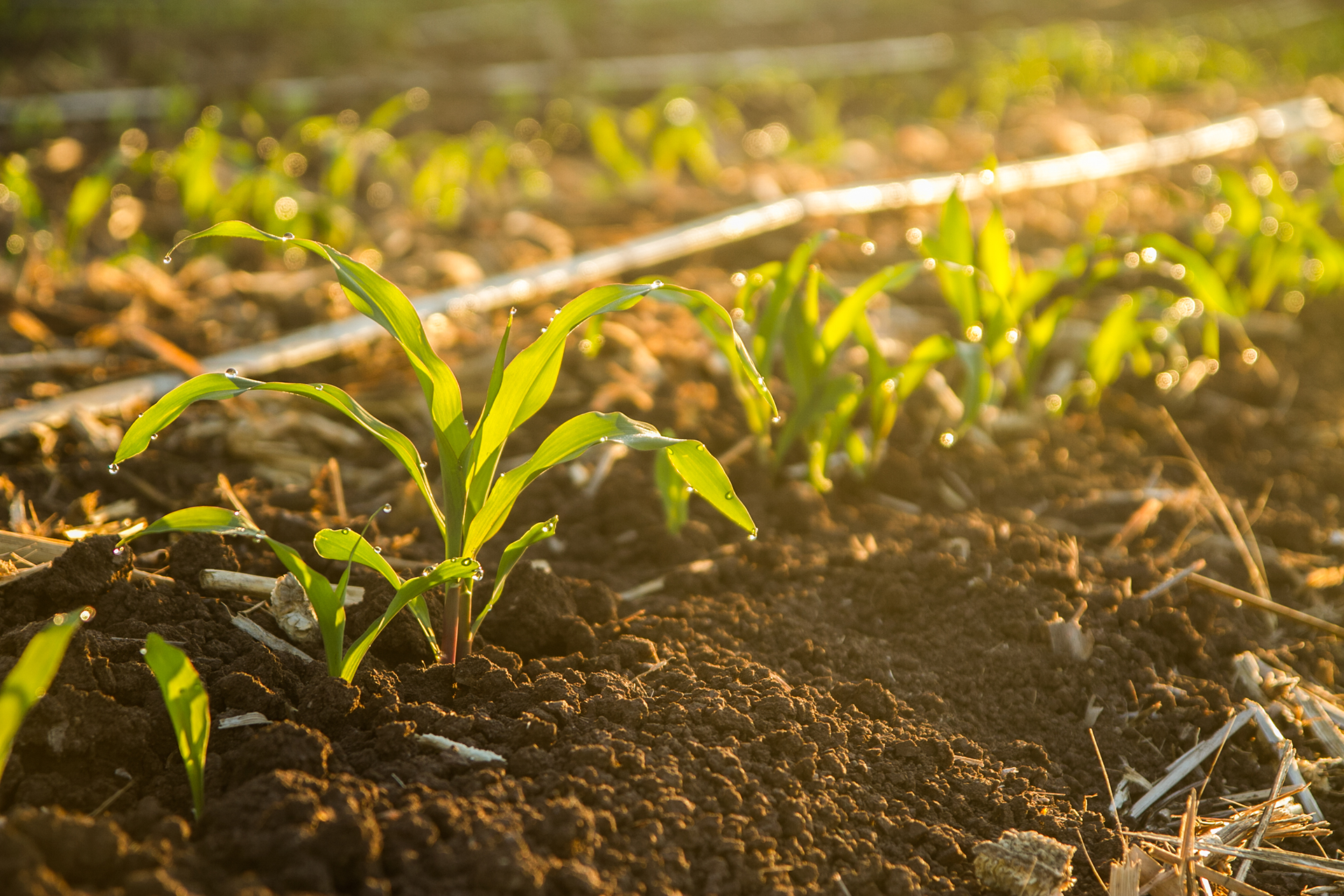The massive population increase in South Africa over the past decades, failing water infrastructure and lack of good rain has compounded the current water crisis in the country, but here are ways of surviving a possible “day zero”, when the municipal taps are shut off, says Hans van Kamp, CEO of Kampwater, a Stellenbosch based water treatment supplier who are assisting affected organisations like hospitals to overcome the crisis.
Van Kamp says the sources of clean, fresh water in South Africa are limited and organisations and homeowners are looking at different ways of water supply that are less dependent on the current infrastructure. “Water supply systems and the distribution networks are high on maintenance. In Gqeberha it is estimated that 40% of the municipal water is lost due to leaking pipes. In the rest of the country, large amounts of treated, clean, drinkable water are lost daily because of the thousands upon thousands of leaks that characterise South Africa’s water piping system.
“Compounding this is the fact that we have not had good rains for more than seven years and we have had a sharp increase in water consumption from across sectors, be it residential, business, or other. One of the solutions should be that a major part of the maintenance budget should be spent on the infrastructure and the current pipework network. Most of the maintenance work should be spent on preventative maintenance and upgrades to cope with the increasing demand. However, most municipalities are struggling to keep up and keep the system from collapsing. There are some exceptions but not many,” says Van Kamp.
He says the loadshedding of electricity from Eskom is also wreaking havoc on the water system of the country. A good example would be the constant power trips at Rand Water’s Zuikerbosch purification plant recently that lead to pump stations and reservoirs across Johannesburg being adversely affected. This left several Johannesburg Water reservoirs and towers with critically low to empty water levels and hospitals like Rahima Moosa and Helen Joseph hospitals had to make use of mobile tankers to sustain their supply.
Van Kamp says the current water system and the challenges it is experiencing with loadshedding cannot cope with the ever-increasing population. South Africa boasts the 33rd largest economy in the world and the 23rd largest population on the planet, according to The World Bank. “We are the most populated nation south of the equator, home to over fifty-nine million people. This number is only expected to increase as citizens from poorer countries in the vicinity migrate to look for new homes, work, and other opportunities. The investments in the supply of water to the population can only be done with a long-term vision.
“The systems we have cannot cope with the growth of the population. In 1994 Cape Town had 2.384 million residents and water usage of roughly 300 megalitres per day (MLD). This year, we are looking at a population of 4.760 million people in the same area and water usage of 769 MLD per day. That is more than a 100% increase in people and water usage in 28 years with a system that did not grow at the same rate to provide for this increase,” says Van Kamp.
He says if all the new dams identified by the government are built as promised, it will help in the future to alleviate the pressure. These include the dam on the Mzimvubu River in Eastern Cape, the expansion of the Clanwilliam Dam in Western Cape, the Nwamitwa and Tzaneen dams in Limpopo, the Hazelmere Dam in KwaZulu-Natal, and the Polihali Dam in Lesotho, which will provide water to Gauteng. But, says Van Kamp, for at least the next six years, the water supply will get tighter. “People need to know that there is going to be a squeeze on the water supply. This information is essential if communities and households are to play their part. People will not change their behaviour unless they are told what is happening and how to avoid a crisis,” says Van Kamp.
Van Kamp says that just adding dams to the infrastructure is not the only solution. “The drought we had in 2018 would not have been such a crisis if it were not due to the increase in demand. The current dams are limited to the inflow from the catchment areas, you cannot just add a dam and expect that to be the only solution. Resources are limited, there cannot be unlimited population growth if there are not enough resources. You cannot plan to increase the supply of water indefinitely unless you use desalination, which is expensive and uses a lot of energy,” says Van Kamp.
He says a short-term solution, like having a power inverter at home, would be to have a backup water tank, which will help to relieve the problem with the water supply in the short term. “For domestic users, this solution can offer to relieve. If you add a water tank that is topped up by the municipality supply and have a booster pump to the house it will relieve pressure when there are events like ‘watershedding’, or restrictions applied. For industrial water users and especially the essential services like hospitals, the blood bank and frail care centres, we need to look for alternative supplies, like rivers and boreholes,” says Van Kamp.
Van Kamp says boreholes have been a source of water for a very long time but despite this, their benefits are still relatively unknown to a lot of business owners. “The most common use of boreholes is as a self-sufficient water source for businesses. A deep hole is drilled down to the water source, the sides of the well are secured, and a pump is installed to draw the water to the surface. To do this you need a geohydrologist to do a study of the likelihood of finding a reliable source of water.
“If you do, you access the source by drilling a borehole, evaluate the yield and water quality, do site preparations like a slab, electrical connection, and water connections, and then install tanks and a water purification system. To be able to run a sustainable system, you need to do online monitoring of the borehole level, extraction, tank levels and water quality. It is important to also have a service level agreement in place for the borehole that will include maintenance and online monitoring,” says Van Kamp.
He says many consumers cite the fact that boreholes provide a self-sufficient edge as their primary benefit. “The water contained within these holes has accumulated because of rain and natural run-off, so the consumer is merely accessing a resource that has accumulated because of the topography of their region. There is no reliance on third-party machinery or processes for the water supply. Being dependent on a municipal supply only will become more of a risk in the future, and in some areas, this is already a risk. Using boreholes as the main source of water mitigates this risk,” says Van Kamp.
He says to make your borehole legal you would need to apply for a water use licence that will be submitted to the regional office of the Department of Water and Sanitation. The regional office will charge a licence processing fee and will do the assessment in the regional office and catchment management agency. Your licence application will then be finalised, and a decision will be provided to you.
There are generally three steps to processing any licence. These steps aim to evaluate the application against the principle of beneficial use in the public interest and specifically against Section 27 of the National Water Act. Step one is when your pre-application enquiry is received. This is a step where the Department determines and advises you on the information required to compile a water use licence application technical report to support the application.
The determination of information requirements will be based on the information contained on the form or the site inspection if required. Applicants may be requested to advertise the proposed water use or to invite interested and affected parties to comment. You will be required to provide a complete application on the day of submission.
“Step two is the screening of the technical report, and the last step is the assessment of the technical report where the information is evaluated by specialist groups and a recommendation is made to the Delegated Authority for a decision. After considering all the relevant information, the Delegated Authority will decide whether to approve the application. An application for a water use licence can take up to 90 days to process, depending on the complexity of the application, its benefits to the nation, and its possible impacts. Generally, low impact, high-value licence applications will be processed quicker,” concludes Van Kamp.










This is a real problem and I am not sure how government is going to resolve this… It feels like this is being put on the back burner. Borehole water will not last for ever in certain regions… So a balanced approach is needed here… Who is driving this strategic decision making is the question?